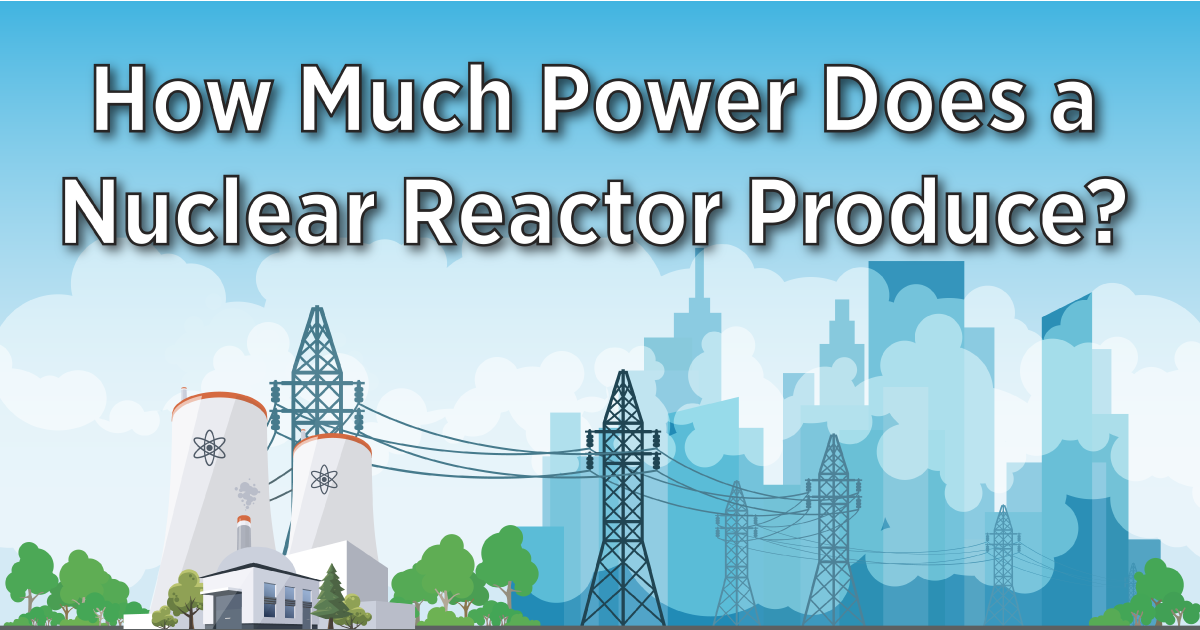- Joined
- Aug 31, 2001
- Messages
- 65,843
- Location
- South Bend, Indiana (near)
- Tractor
- Power Trac PT425 2001 Model Year
Yes, coal only produced 19%, however, fossil fuels did a total of 60%. Burning fossil fuels will have to increase if the demand increases until there are other alternatives to generate that load. Solar won't do it during the night, however, it can offset fossil fuels during the day, so overall fossil fuel consumption may go down as solar ramps up. Get used to seeing more windmills, too. They'll offset fossil fuel use as well and can operate at night, however, wind usually decreases at night, generally.Why do you jump on coal as if it is the only means of electricity production? Coal produced only 19% of the USA consumption of electricity in 2020: Electricity in the U.S. - U.S. Energy Information Administration (EIA)
Furthermore, if you work the math (for some reason the EPA would rather obfuscate this) a power hog 380Wh/mile Tesla Model S on pure 100% coal fired electricity is responsible for the same CO2 generation as a conventional gasoline automobile getting 30 MPG. But the EV can effortlessly use nuclear, natural gas, hydro, solar, or whatever form of electricity is available. While the gasoline engine has great difficulty when gasoline is diluted by as little as 10% ethanol. Not to mention the difficulty of making and transporting ethanol.
Or the same difficulty, questionable benefit, questionable economics, of biodiesel.
The real answer is nuclear. Today, 20% of U.S. power is generated by just 55 nuclear power plants. It would take less than 300 nuclear plants could replace all fossil, solar, wind, and hydroelectric plants with power to spare.

INFOGRAPHIC: How Much Power Does A Nuclear Reactor Produce?
A typical nuclear reactor produces 1 gigawatt of power per plant on average. Just how much power is that exactly?
